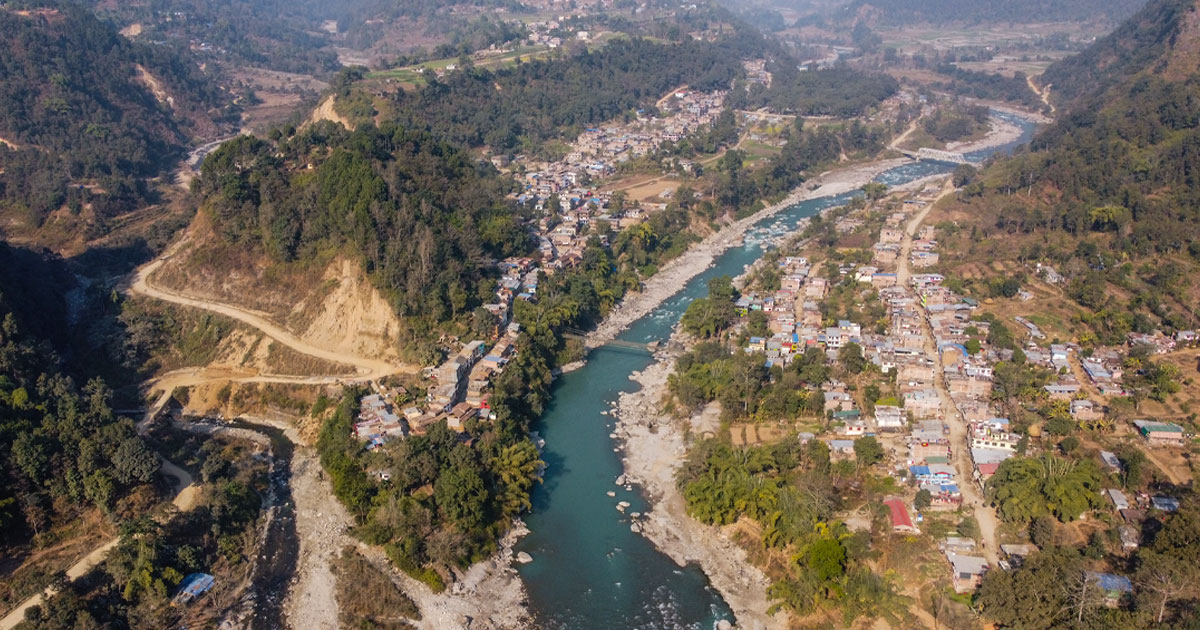

Kathmandu: The government has started work on determining a cost-effective investment structure for the long-discussed national pride project, the 1,200 MW Budhigandaki Hydropower Plant.
Planned to be developed under a company model, preliminary efforts are underway to mobilize funding while addressing longstanding land acquisition and ownership disputes.
Minister Kulman Ghising recently held discussions with ministry secretaries, energy experts, and company officials, emphasizing a 50:50 equity-to-debt ratio to ensure financial feasibility without putting a burden on the government.
He also suggested using infrastructure taxes from petroleum imports to support the project, in addition to potential share issuance by the Nepal Electricity Authority.
Two investment models have been proposed. In the first, if government Viable Financing (VGF) is not available, the ratio would be 25% equity and 75% debt, incorporating government expenses on land acquisition.
In the second, with VGF support, the ratio would be 30% equity and 70% debt, backed by highly concessional loans of Rs 73 billion for land, public infrastructure restoration, and environmental protection.
Equity contributions would come from the government, NEA, employee provident funds, public investment funds, Nepal Telecom, and ordinary citizens.
The project’s estimated cost is now USD 2.77 billion (around Rs 332 billion), with an eight-year construction period.
Approximately 8,117 households in Gorkha and Dhading will be affected, of which 3,560 will be fully displaced.
A 263-meter arch dam will create a 63-square-kilometer reservoir, producing an annual 3.383 billion units of electricity and generating opportunities in employment, business, tourism, and fish farming.
The project, located near major electricity load centers like Kathmandu, Chitwan, and Pokhara, is considered strategically important for national energy security.